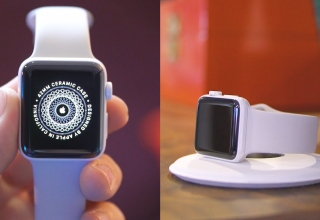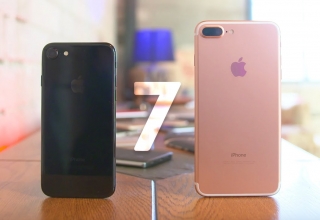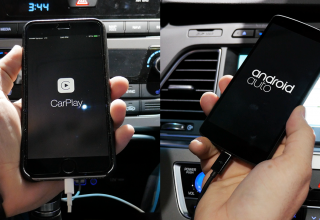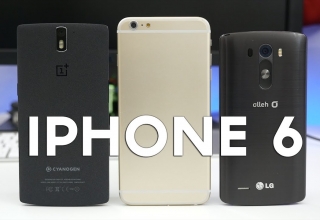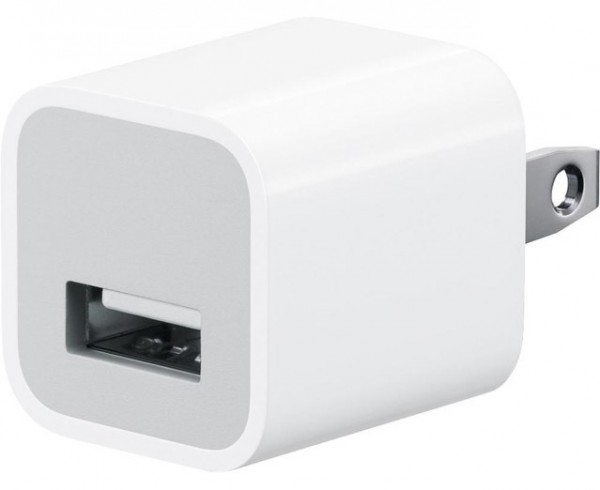 Who would have thought that Apple’s iPhone charger has just as much sophistication and ingenuity put into it as the iPhone. Wait, who am I kidding this is Apple we’re talking about. But the technology packed inside this small cubed charging block is simply astonishing…
Who would have thought that Apple’s iPhone charger has just as much sophistication and ingenuity put into it as the iPhone. Wait, who am I kidding this is Apple we’re talking about. But the technology packed inside this small cubed charging block is simply astonishing…
Many fuss about Apple’s high priced gadgets but in all honestly they really do “just work.” Every piece of technology Apple designs is built to achieve maximum performance at all times and the genius behind the technology is Apple’s care for quality. Apple sure didn’t skip their foundation when they designed the iPhone’s charger.
Ken Shirriff recently took the time to discover the inner-guts of an iPhone charger. While the technology behind his discovery isn’t the least bit surprising, it’s interested to see what makes this smart little charger tick.

As you can see in the stripped down picture above, the iPhone charger has quite a few different components packed in to what you’d think should be much simpler. The fact is, all these components play a crucial part in how your iPhone gets charged.
Ken Shirriff goes on to explain the intrinsic puzzle pieces behind Apple’s design:
The input AC is filtered thorugh a tiny ferrite ring on the plastic case (see photo below). The diode bridge output is filtered by two large capacitors and an inductor. Two other R-C snubbers filter the diode bridge, which I’ve only seen elsewhere in audio power supplies to prevent 60Hz hum;[6]perhaps this enhances the iTunes listening experience. Other chargers I disassembled don’t use a ferrite ring and usually only a single filter capacitor. The primary circuit board has a grounded metal shield over the high-frequency components (see photo), which I haven’t seen elsewhere. The transformer includes a shield winding to absorb EMI. The output circuit uses three capacitors including two relatively expensive tantalum ones[14] and an inductor for filtering, when many supplies just use one capacitor. The Y capacitor is usually omitted from other designs. The resonant clamp circuit is highly innovative.
Still with me? Such a lengthy explanation for a charger. Something that you’d probably expect a “this is where you plug in your cable, and this is what supplies the power,” type of answer right??
That’s not all my friends…
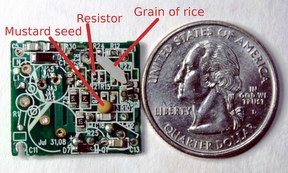
Ken show us exactly how small these components are:
Looking at these pictures, it’s easy to lose track of how very small these components are, and how the charger crams all this complexity into one inch. The following slightly magnified picture shows a quarter, a grain of rice, and a mustard seed to give a size comparison.
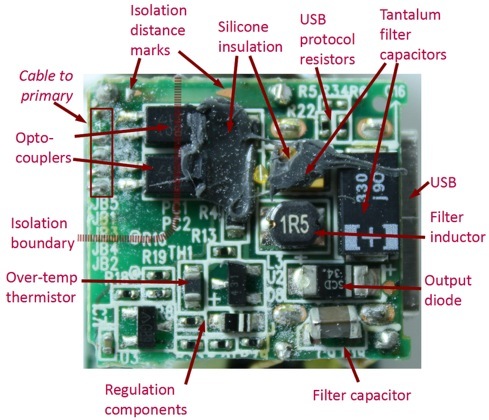
Shocking right? Apple crams as much as they possible can into a small object to make a device perform efficiently and safely. Sound about right. Cheers to Ken for wasting a $29 iPhone charger just for discovery!
In conslusion to his findings:
Apple’s power adapter is clearly a high-quality power supply designed to produce carefully filtered power. Apple has obviously gone to extra effort to reduce EMI interference, probably to keep the charger from interfering with the touchscreen. When I opened the charger up, I expected to find a standard design, but I’ve compared the charger to the Samsung charger and several other high-quality industry designs, and Apple goes beyond these designs in several ways…
Apple’s design provides extra safety in a few ways… the super-strong AC prongs, and the complex over-temperature / over-voltage shutdown circuit. Apple’s isolation distance between primary and secondary appears to go beyond the regulations…
Apple’s iPhone charger crams a lot of technology into a small space. Apple went to extra effort to provide higher quality and safety than other name-brand chargers, but this quality comes at a high cost.
Oh and that Samsung charger he talks about, yea total ripoff. Hey Samsung maybe you should check yourself before you go making all these patent accusations in court… Yes They are really THAT identical. The only difference is Apple’s packs in much more tech, and is a bit more expensive.
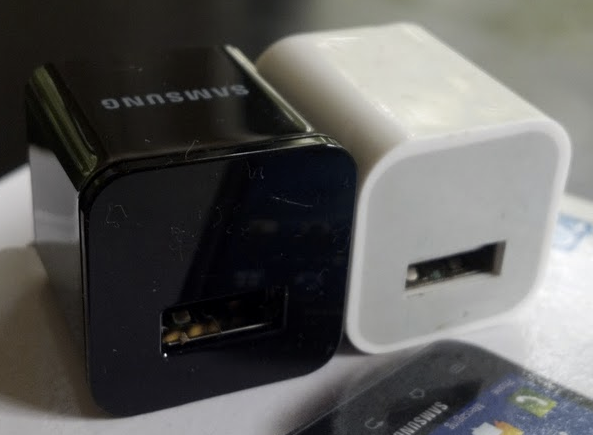
Apple has clearly done their homework in just about every field of technology they tackle. It feels nice being a fanboy of a company that prides itself in quality and ingenuity.
Are you surprised by Ken’s disovery?
